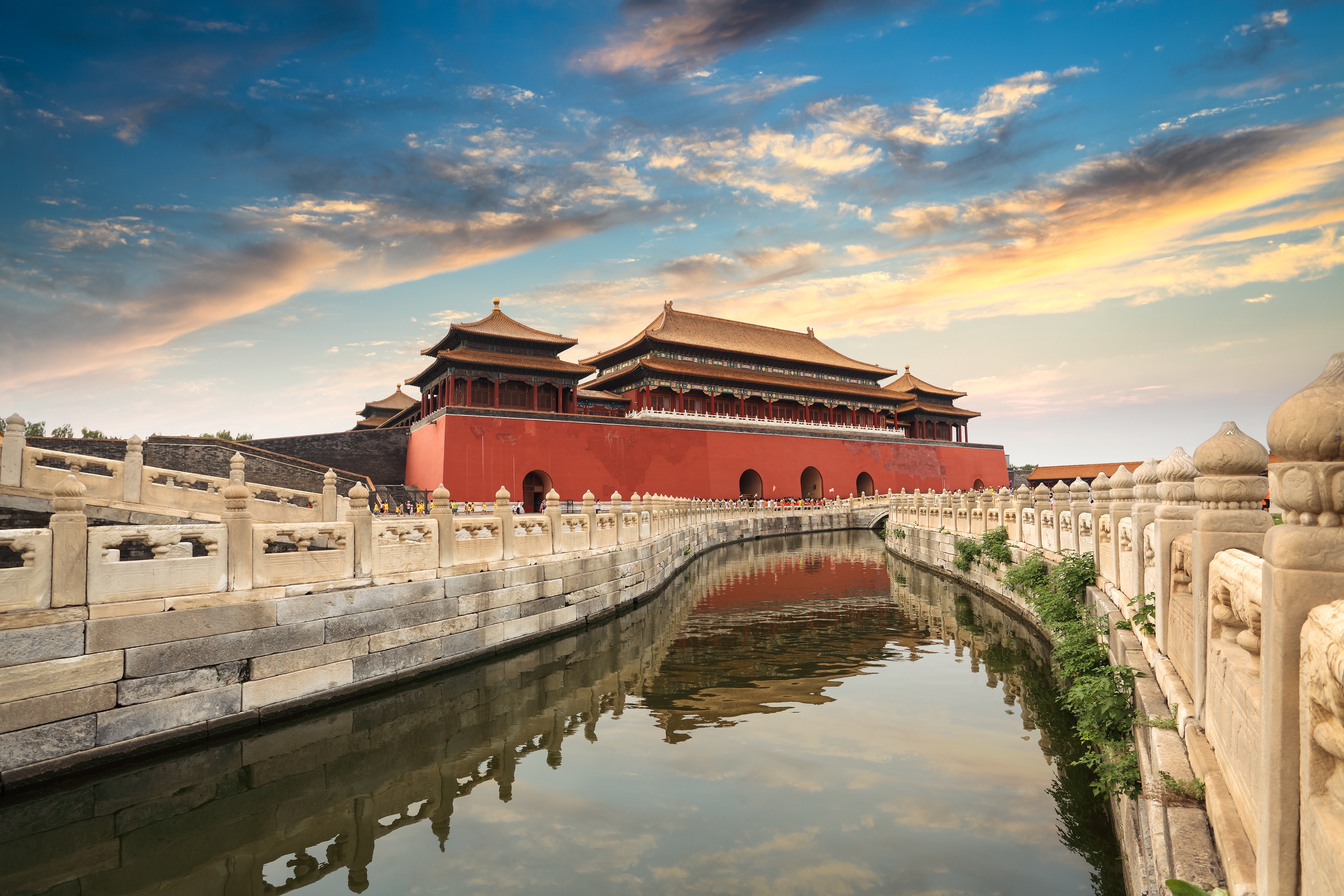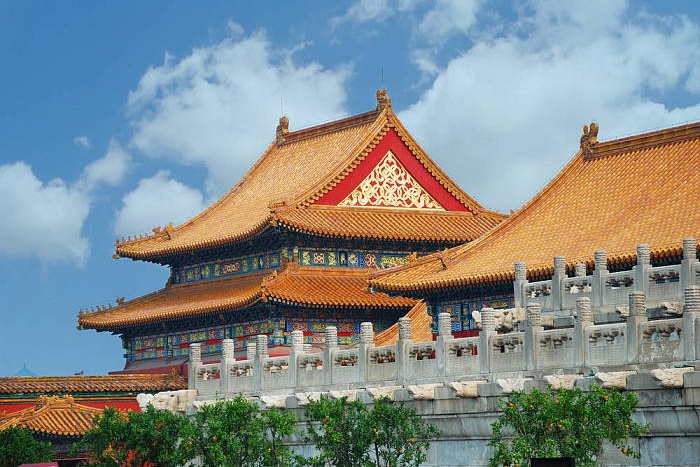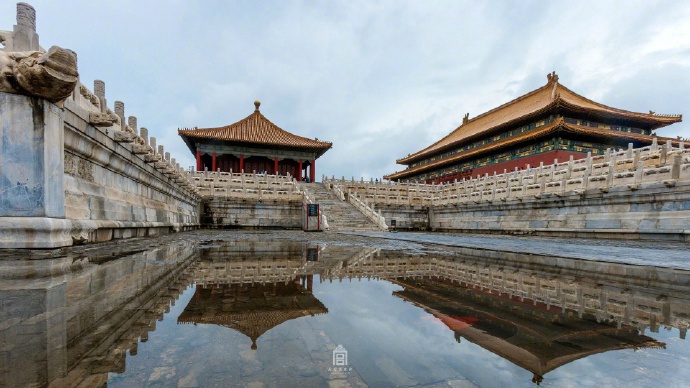
As the royal residences of the emperors of the Ming and Qing dynasties from the 15th to 20th century, the Imperial Palace of the Ming and Qing Dynasties in Beijing known as the Forbidden City in Beijing was the center of State power in ancient China. It was constructed between 1406 and 1420 by Ming emperor Zhu Di and witnessed the enthronement of 14 Ming and 10 Qing emperors over the following 505 years. The Forbidden City was inscribed as a World Heritage Site by UNESCO in 1987.

Located in the center of Beijing, the Forbidden City is the supreme model in the development of ancient Chinese palaces, providing insight into the social development of late dynastic China. The layout and spatial arrangement inherits and embodies the traditional characteristic of urban planning and palace construction in ancient China, featuring a central axis, symmetrical design and layout of outer court at the front and inner court at the rear and the inclusion of additional landscaped courtyards deriving from the Yuan city layout.

As the example of ancient architectural hierarchy, construction techniques and architectural art, it influenced official buildings of the subsequent Qing dynasty over a span of 300 years. The religious buildings, particularly a series of royal Buddhist chambers within the Palace, absorbing abundant features of ethnic cultures, are a testimony of the integration and exchange in architecture since the 14th century. Meanwhile, more than a million precious royal collections, articles used by the royal family and a large number of archival materials on ancient engineering techniques, including written records, drawings and models, are evidence of the court culture and law and regulations of the Ming and Qing dynasties.
Since 1925 the Forbidden City has been under the charge of the Palace Museum, whose vast holdings of paintings, calligraphy, ceramics, and antiquities of the imperial collections make it one of the most prestigious museums in China and the world.
The tour route of the Palace Museum is of one-way, from south to north. The only entrance of it is the Meridian Gate and the exits are the Gate of Divine Might and the East Flowery Gate. Entering from the south, visitors will see a succession of halls and palaces spreading out on either side of the central axis. The glowing yellow roofs of the stately buildings seem to levitate above the vermilion walls. This magnificent sight is amplified by the painted ridges and carved beams of the ancient structures. The museum is closed every Monday (the national legal holidays are not included). Right now the opening time and ticket system of the peak period (April 1 - October 31) are implemented.



